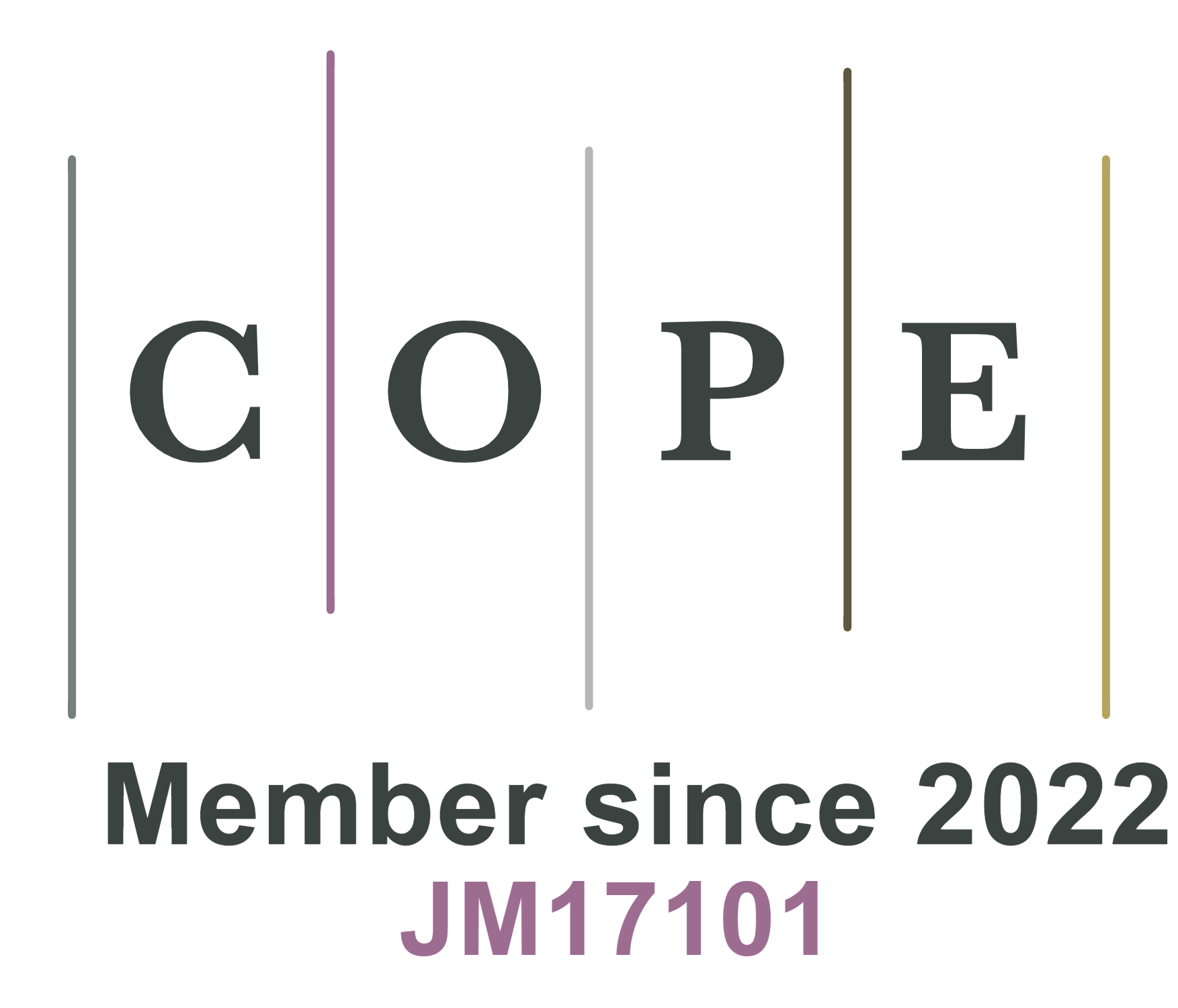fig7
Figure 7. (A) Schematic illustration of RP-PC with stable P-C bonds prepared by the vaporization-condensation process and corresponding transmission paths of electron and Li+; (B) The cycling performance of the RP-PC and RP-MWCNT electrodes for
Figure 7. (A) Schematic illustration of RP-PC with stable P-C bonds prepared by the vaporization-condensation process and corresponding transmission paths of electron and Li+; (B) The cycling performance of the RP-PC and RP-MWCNT electrodes for


All published articles are preserved here permanently:
https://www.portico.org/publishers/oae/